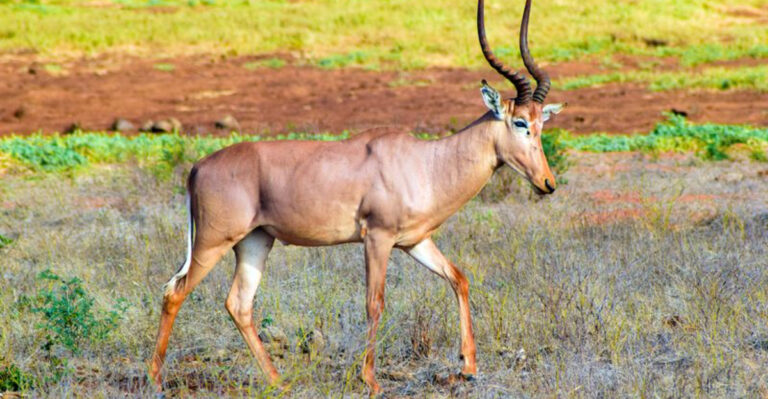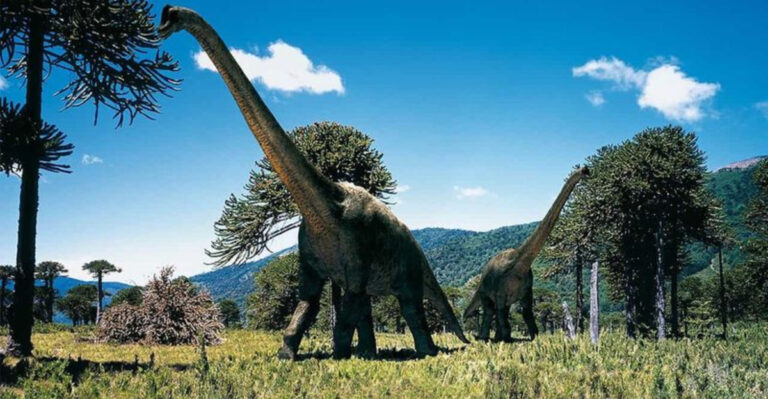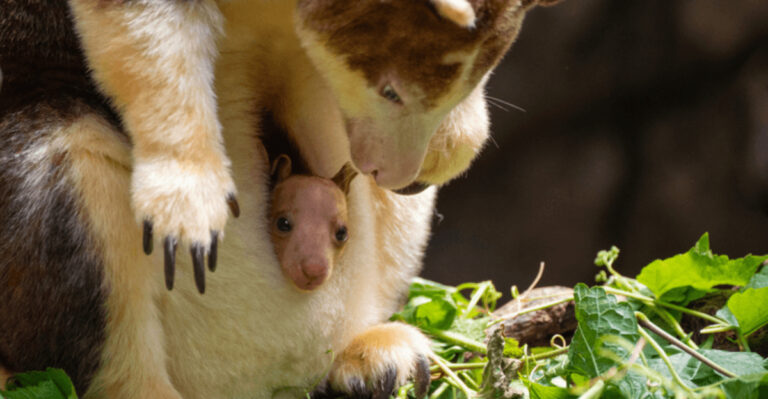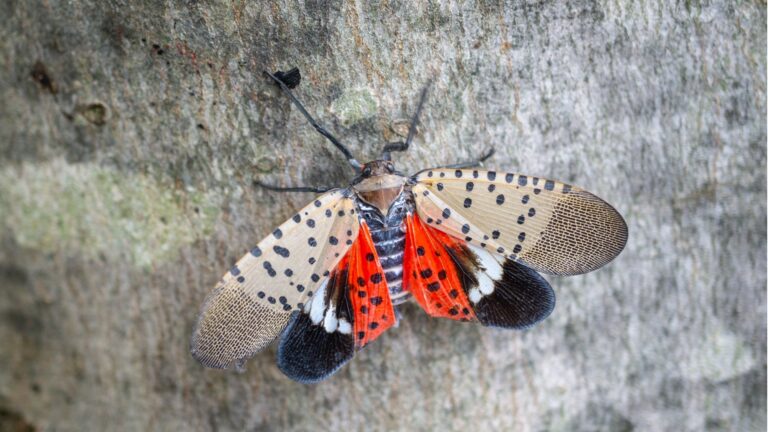The 15 Most Elusive Wild Animals In South America
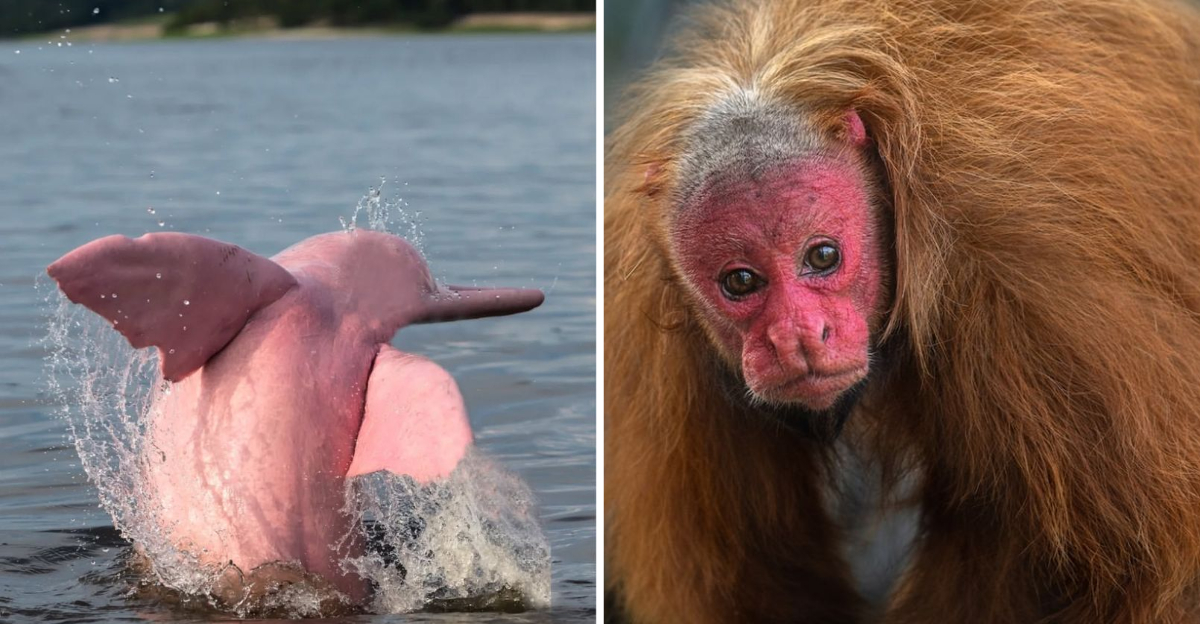
South America, a land of diverse ecosystems ranging from dense rainforests to expansive savannas, is home to some of the world’s most elusive wild animals.
This rich biodiversity provides a habitat for creatures that are often shrouded in mystery, rarely seen and surrounded by myths. In this list, we explore these enigmatic animals, each holding its own unique place in the continent’s wildlife tapestry.
1. Jaguar
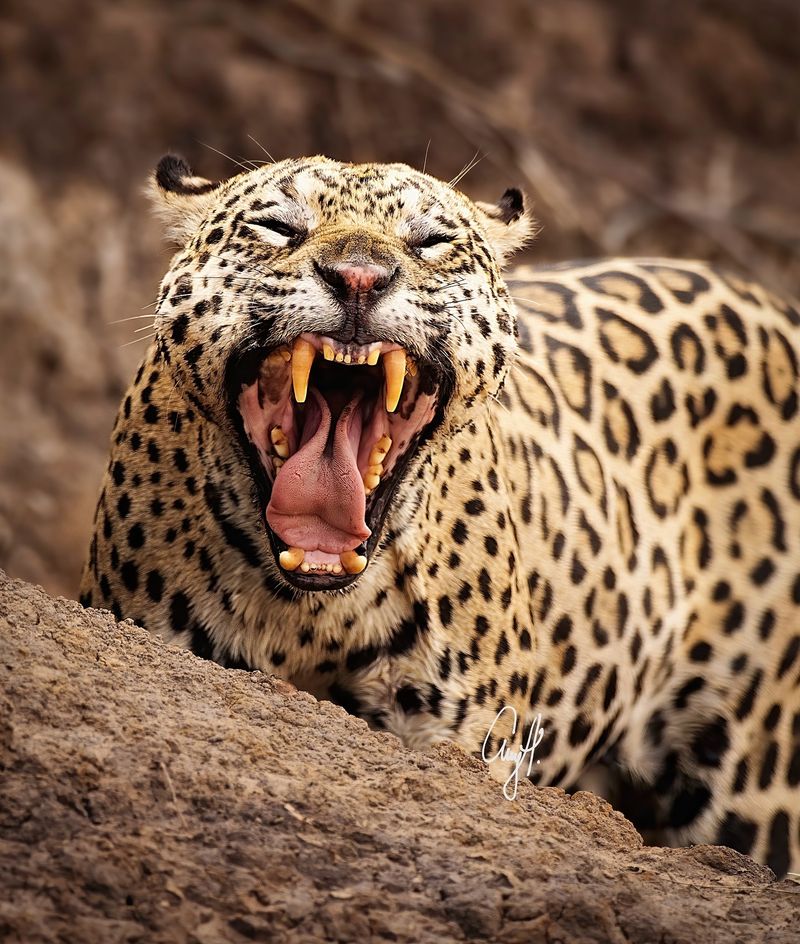
Deep within the lush canopies of the Amazon rainforest, the jaguar reigns supreme. Known for its elusive nature, this majestic big cat is rarely spotted in the wild. Its ability to blend into the dense undergrowth makes sightings a rare and cherished event for wildlife enthusiasts.
The jaguar’s powerful build and distinctive patterned coat allow it to navigate through the forest with stealth and grace. As solitary creatures, they prefer to roam alone, which adds to their mysterious allure. Despite being apex predators, jaguars face threats from habitat loss and human encroachment.
Conservation efforts are crucial to ensure the survival of this iconic species, allowing future generations the chance to glimpse its beauty.
2. Spectacled Bear
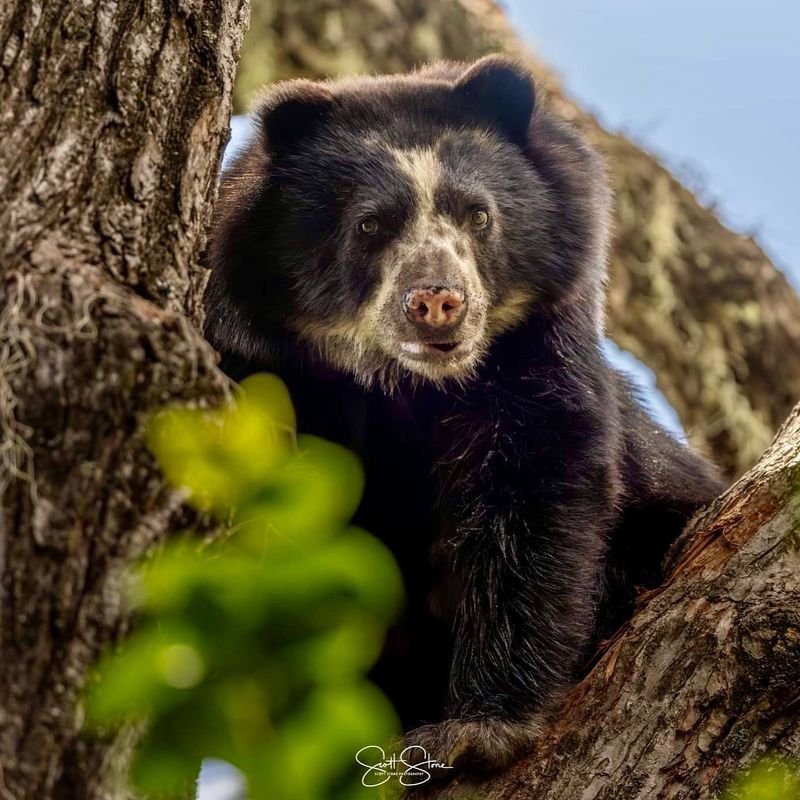
Hidden within the cloud forests of the Andes, the spectacled bear is a rare sight. Named for the distinctive markings around its eyes, this bear is as elusive as it is intriguing. Its preference for isolated habitats makes it difficult to observe in the wild.
Adapted to the mountainous terrain, the spectacled bear is an expert climber. It spends much of its time in the trees, foraging for fruits and leaves. This arboreal lifestyle helps it avoid predators and human contact.
Conservationists work tirelessly to protect its habitat, striving to ensure that this unique bear continues to thrive amidst the misty peaks of the Andes.
3. Pampas Cat
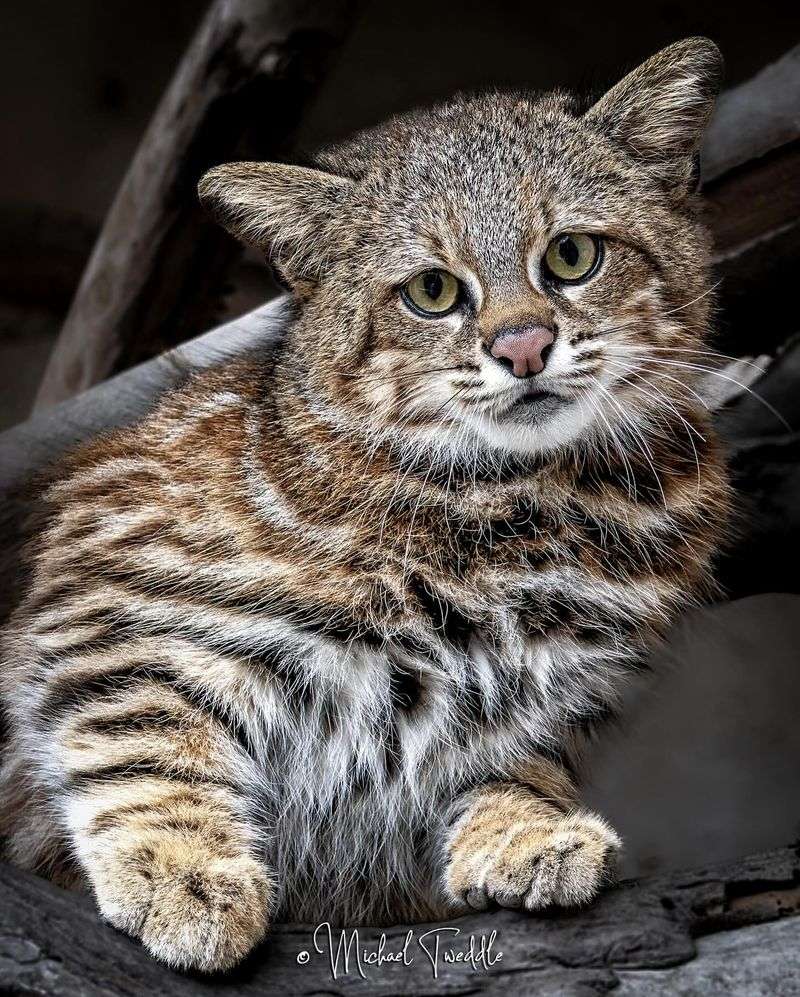
In the sprawling grasslands of the Argentine Pampas, the Pampas cat finds its home. Small and agile, this wild feline is a master of camouflage. Its fur, a mix of browns and grays, blends effortlessly with the surrounding vegetation.
The Pampas cat is nocturnal, venturing out under the cover of darkness to hunt small prey. Its elusive nature and nocturnal habits make it a challenging animal to study. Though not much is known about its population, habitat destruction poses a threat.
Preserving its natural environment is essential for the continued survival of this mysterious cat.
4. Giant Anteater
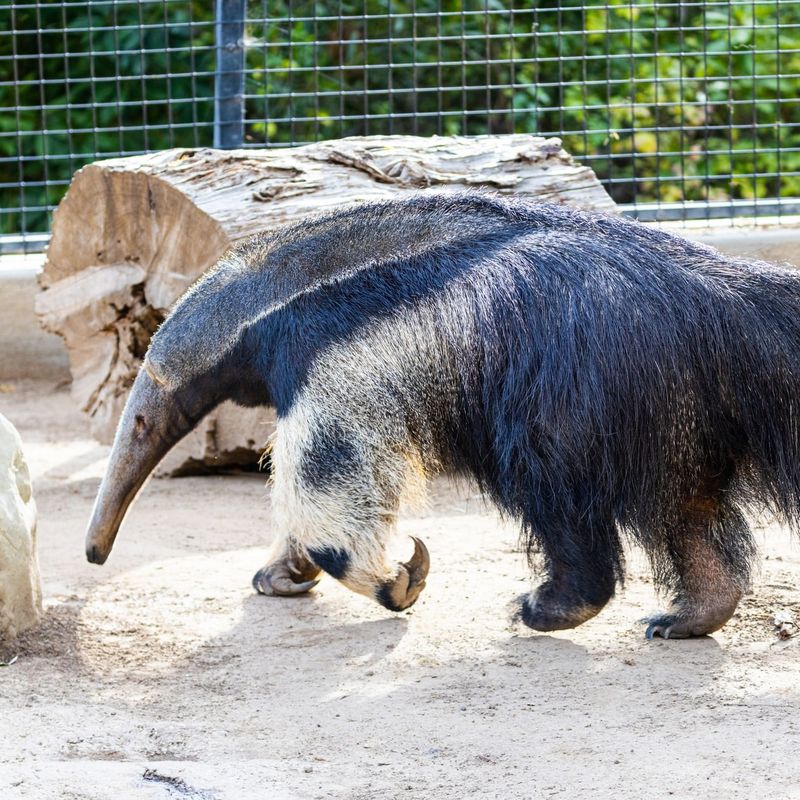
Roaming the open savannas of Brazil, the giant anteater is a fascinating creature. With its elongated snout and bushy tail, it presents a striking image against the grassy backdrop. Despite its size, it remains one of the more elusive mammals in South America.
The giant anteater’s specialized diet of ants and termites requires it to travel vast distances in search of food. Its keen sense of smell leads it to insect nests, which it efficiently dismantles with powerful claws. Human activities and habitat destruction threaten its existence.
Efforts to preserve its habitat are vital to maintain the ecological balance of the regions it inhabits.
5. Andean Mountain Cat
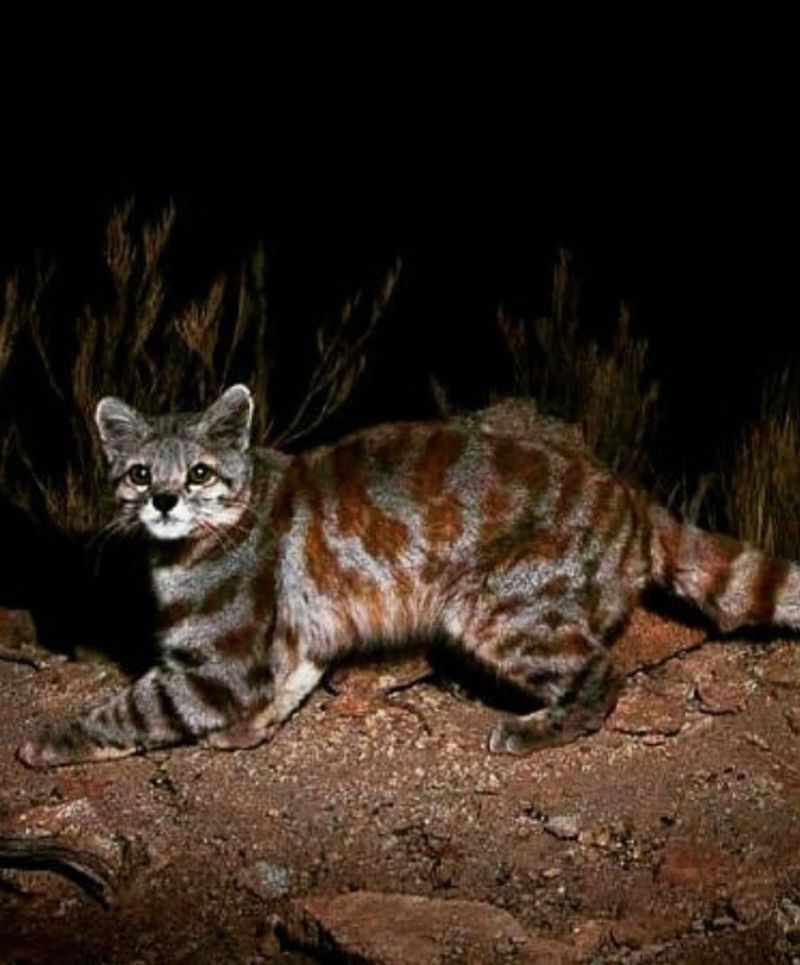
Perched high in the remote Andes, the Andean mountain cat is a rarely seen predator. Its thick, pale fur offers insulation against the cold mountain winds. This elusive feline is perfectly adapted to the harsh conditions of its environment.
The Andean mountain cat primarily hunts small mammals, using its agility and stealth to navigate the rugged terrain. Its scarcity makes it one of the least understood wild cats in the world.
Conservationists are working to learn more about its habits and needs, aiming to protect its dwindling numbers from further decline.
6. Harpy Eagle
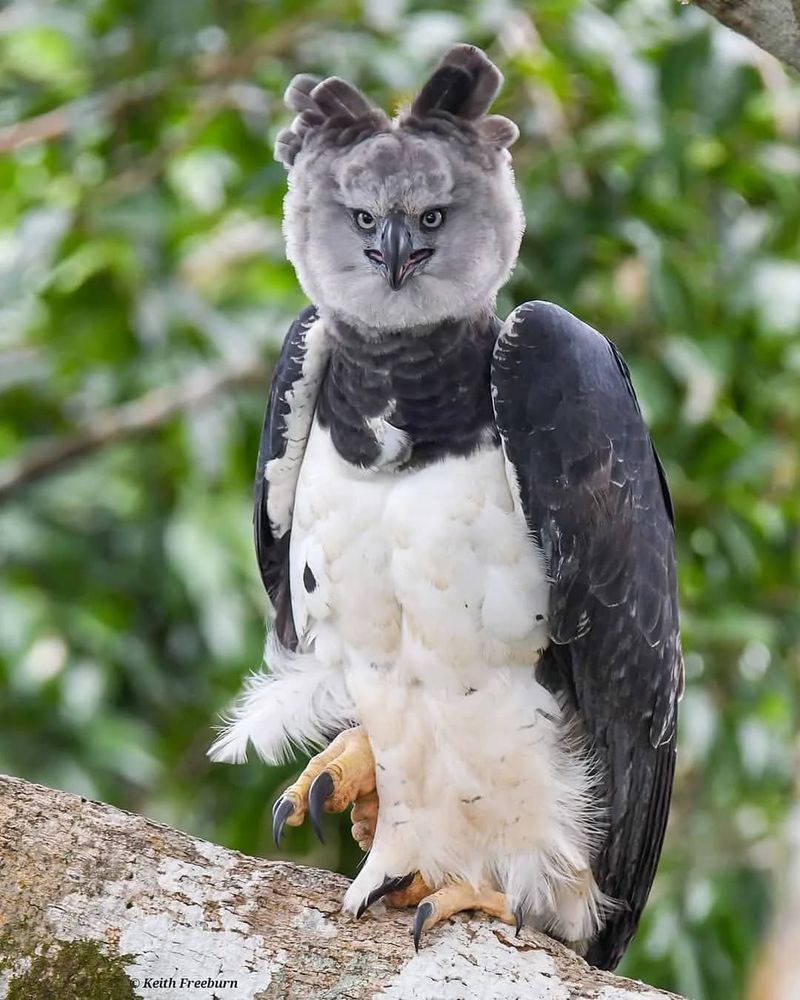
Gliding majestically above the Amazon rainforest, the harpy eagle commands attention with its formidable presence. Recognized for its impressive wingspan and powerful build, this bird of prey is an elusive sight.
The harpy eagle’s keen eyesight allows it to spot prey from great heights. It feeds on monkeys and sloths, which it captures with swift, deadly precision. Its role as a top predator keeps the ecosystem in balance. Despite its strength, the harpy eagle faces challenges from deforestation and hunting.
Protecting its habitat is critical to ensuring its survival and maintaining the health of the rainforest.
7. Maned Wolf
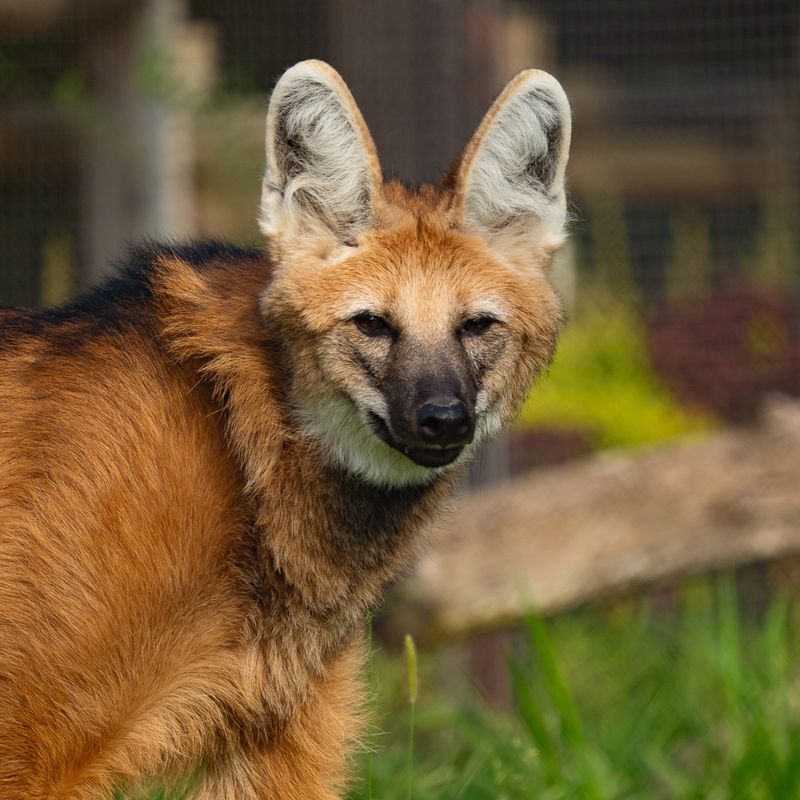
The maned wolf, with its striking appearance, wanders the Brazilian Cerrado. Its long legs and tall stature give it a unique silhouette against the savanna landscape. Despite its wolf-like appearance, it’s more closely related to foxes.
This solitary animal is known for its elusive behavior, hunting small mammals and birds under the cover of darkness. Its diet also includes fruits, contributing to seed dispersal in its habitat. Human encroachment threatens the maned wolf’s habitat.
Conservation initiatives aim to preserve the Cerrado, ensuring this enigmatic animal continues to roam the grasslands.
8. Pudu
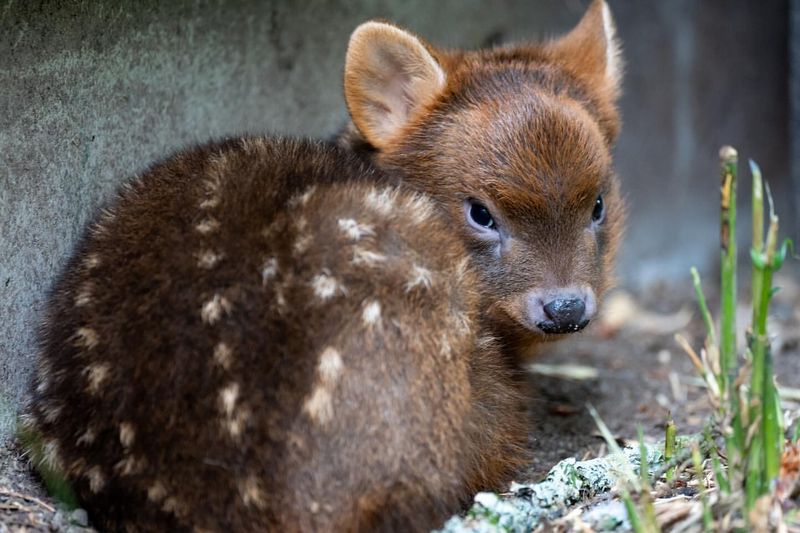
Tiny and timid, the pudu is the world’s smallest deer, inhabiting the rainforests of Chile. Its diminutive size and shy nature make it a challenging creature to observe. Camouflaged by dense undergrowth, it remains hidden from view.
The pudu feeds on leaves, bark, and fallen fruit, foraging quietly in the shadows. Its survival depends on the forest’s health, as deforestation poses significant risks. Efforts to protect its habitat are crucial, allowing this diminutive species to thrive and maintain its role in the ecosystem’s intricate web.
9. Amazon River Dolphin
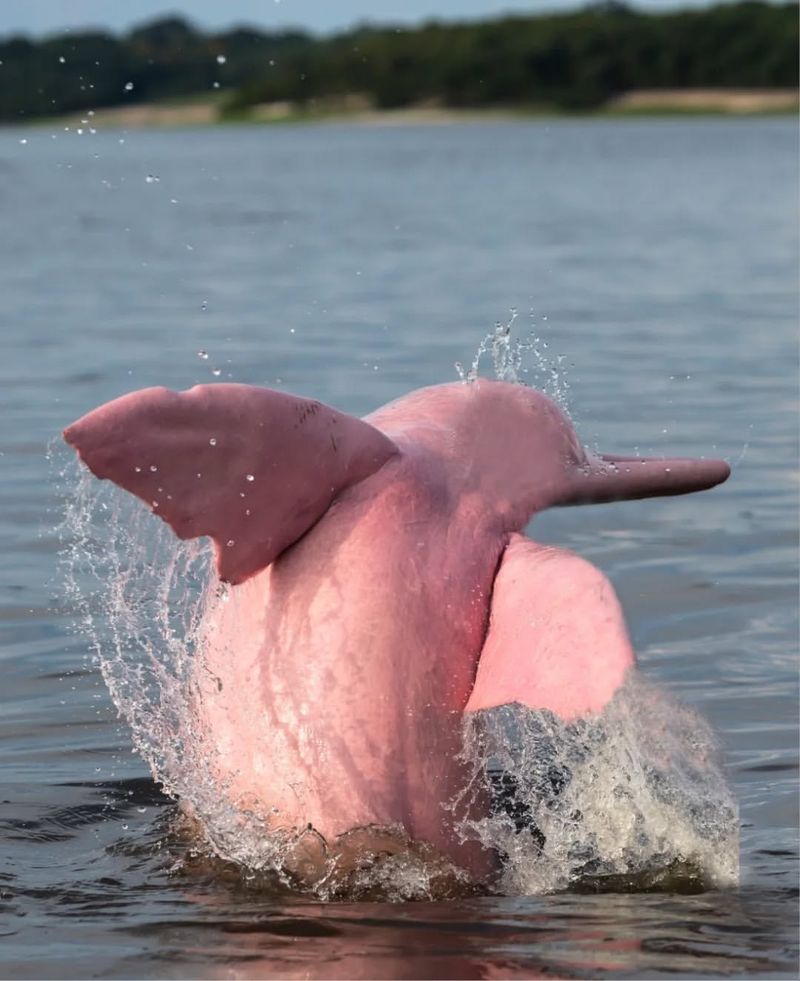
In the murky depths of the Amazon River, the Amazon River dolphin, or boto, glides gracefully. Known for its distinctive pinkish skin, this aquatic mammal is a symbol of the river’s biodiversity. Yet, its elusive nature means it’s rarely seen in the wild.
These dolphins navigate the complex river systems with ease, using echolocation to find prey in the turbid waters.
They are highly intelligent and social, often seen in small groups. Pollution and habitat destruction threaten their existence. Conservation efforts focus on preserving their river habitats, ensuring these unique dolphins continue to enchant those who encounter them.
10. Patagonian Mara
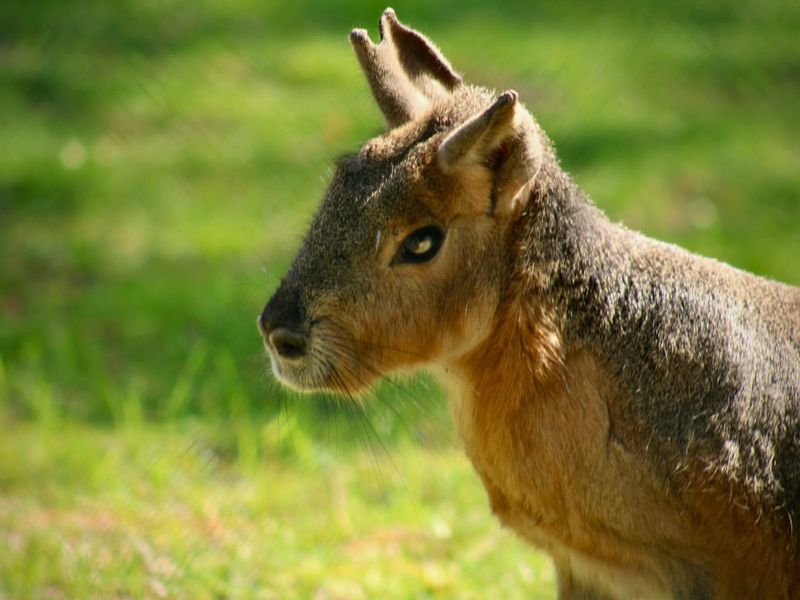
The Patagonian mara, resembling a cross between a rabbit and a deer, is a unique rodent found in Argentina’s Patagonian steppe. Its long legs and large ears make it a swift and vigilant creature.
Despite its size, the mara is elusive, often retreating into burrows to avoid predators. It feeds on grasses and other vegetation, playing a significant role in its ecosystem.
Habitat loss due to agriculture poses a threat to its population. Conservationists emphasize the importance of maintaining the steppe’s natural habitat to support the mara’s survival.
11. Black Caiman
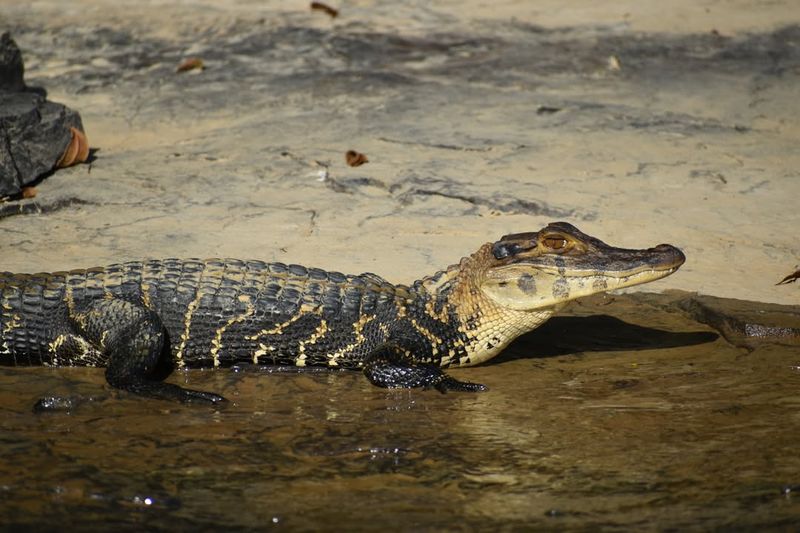
Lurking in the dark waters of the Amazon basin, the black caiman is a master of stealth. This formidable predator is the largest member of the alligator family, yet it remains elusive and rarely seen.
Its dark, scaly skin provides perfect camouflage, allowing it to blend into the murky water as it lies in wait for unsuspecting prey. The black caiman plays a crucial role in maintaining the balance of its ecosystem.
Threats from hunting and habitat loss have impacted its numbers. Conservation efforts are essential to protect this apex predator and ensure the health of the Amazon’s waterways.
12. Southern Tamandua
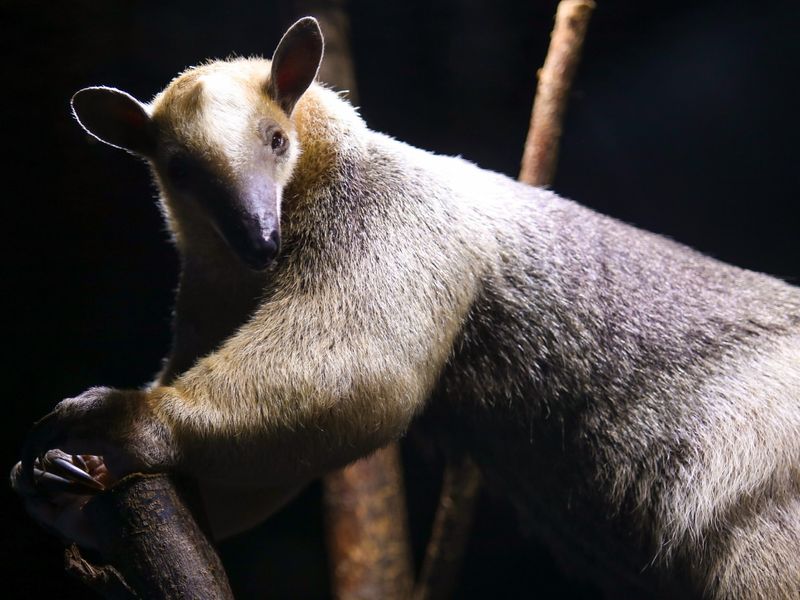
In the Atlantic forest of Brazil, the southern tamandua thrives among the trees. Known for its long snout and prehensile tail, this anteater is well adapted to an arboreal lifestyle. Its elusive nature and nocturnal habits make it a rare sight.
The southern tamandua feeds primarily on ants and termites, which it extracts with its long, sticky tongue. This specialized diet aids in controlling insect populations, benefiting the forest ecosystem.
Habitat destruction poses a significant threat, prompting conservationists to work towards preserving its forest home and maintaining its ecological niche.
13. Marine Otter
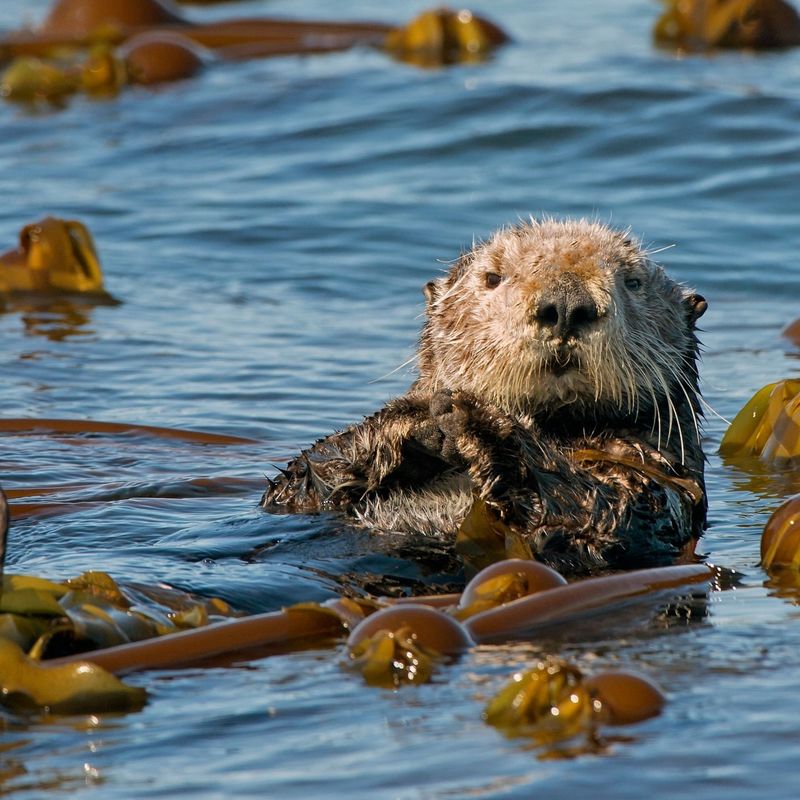
Along the rugged Chilean coastline, the marine otter makes its home. Smaller than its riverine relatives, this otter is uniquely adapted to marine life. Its elusive behavior and preference for rocky shores make sightings uncommon.
The marine otter feeds on fish and crustaceans, playing a vital role in the coastal ecosystem. It is an excellent swimmer, using its sleek body to navigate the crashing waves with ease. Pollution and overfishing threaten its habitat.
14. Red Uakari
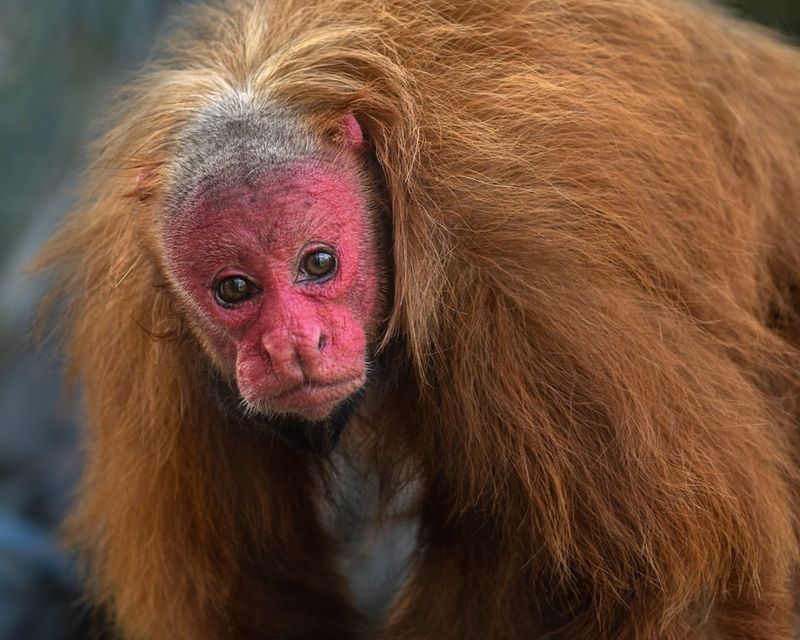
High in the treetops of the Amazon rainforest, the red uakari is a striking yet elusive primate. Its vivid red face and short tail set it apart from other monkeys. Despite its distinctive appearance, it is seldom seen due to its preference for remote areas.
The red uakari feeds on seeds and fruits, which it skillfully forages from the canopy. Its social nature sees it living in groups, adding to the complexity of its jungle habitat. Deforestation poses a severe threat to its survival.
Efforts to preserve the rainforest are vital to protect this unique primate and its intricate ecosystem.
15. Sunbittern
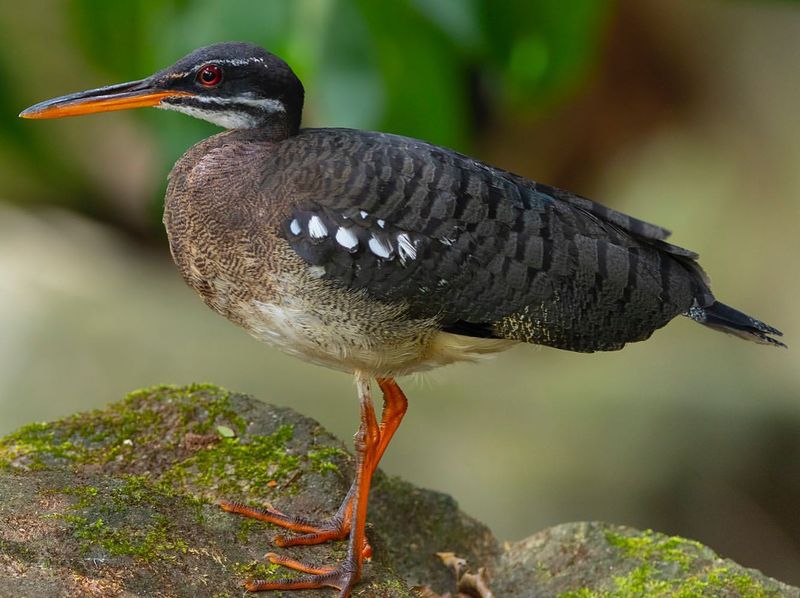
In the shadows of the Amazon basin, the sunbittern reveals its beauty. This bird is renowned for its striking wing patterns, which it displays during courtship or when threatened. Shy and elusive, it is often found near water, blending into the riverbanks.
The sunbittern feeds on insects and small vertebrates, foraging along the water’s edge. Its presence is a testament to the rich biodiversity of the
Amazon region. Habitat destruction threatens its existence, emphasizing the need for conservation efforts to ensure that this beautiful bird continues to grace the riverbanks with its presence.

